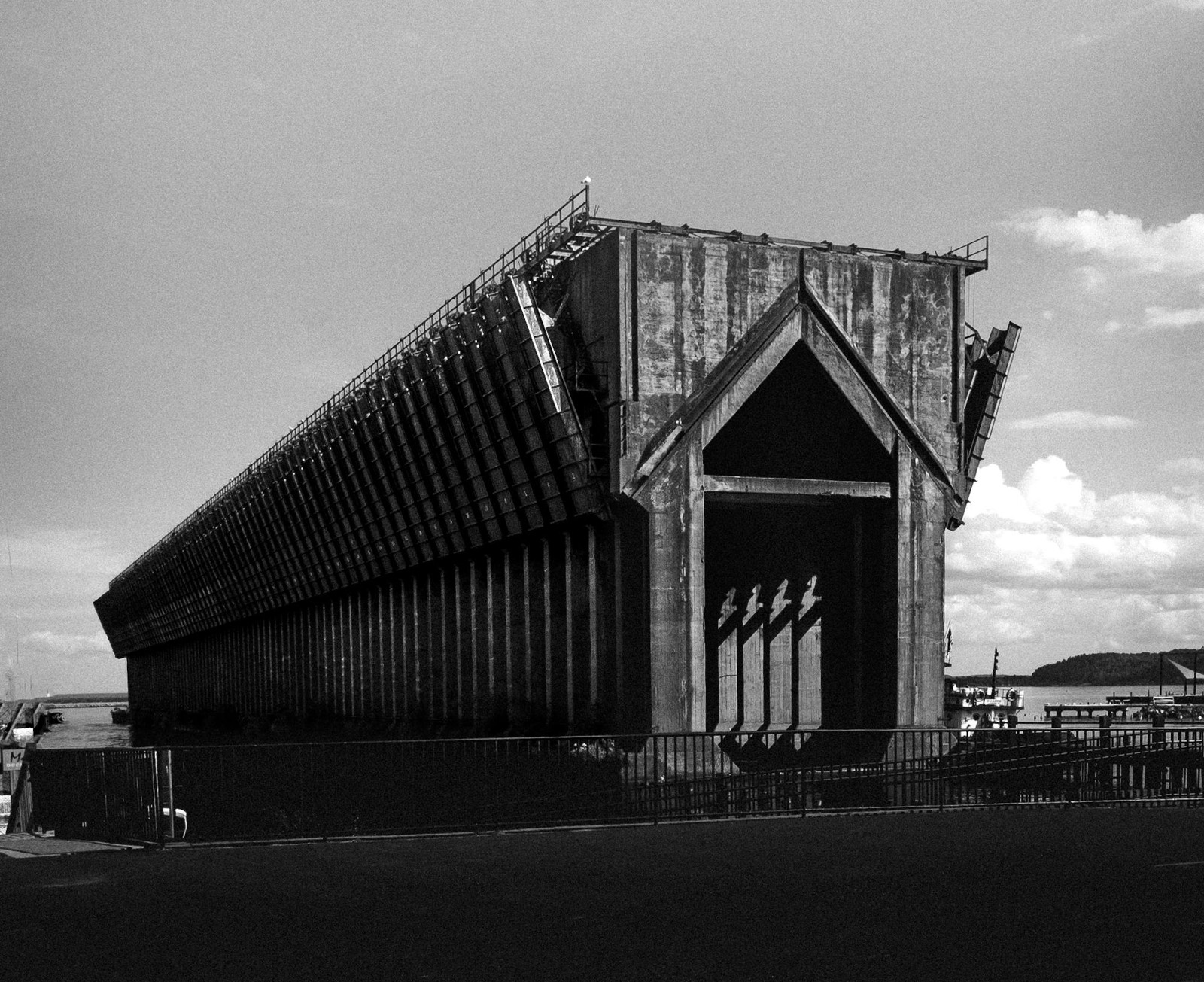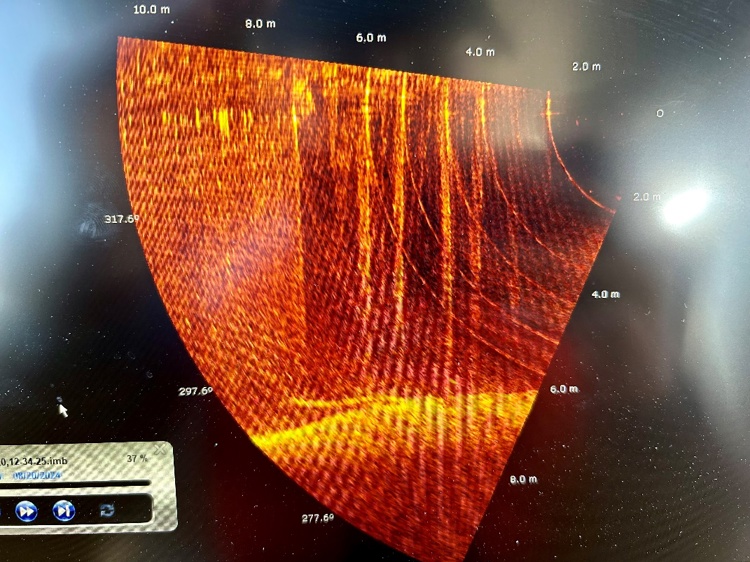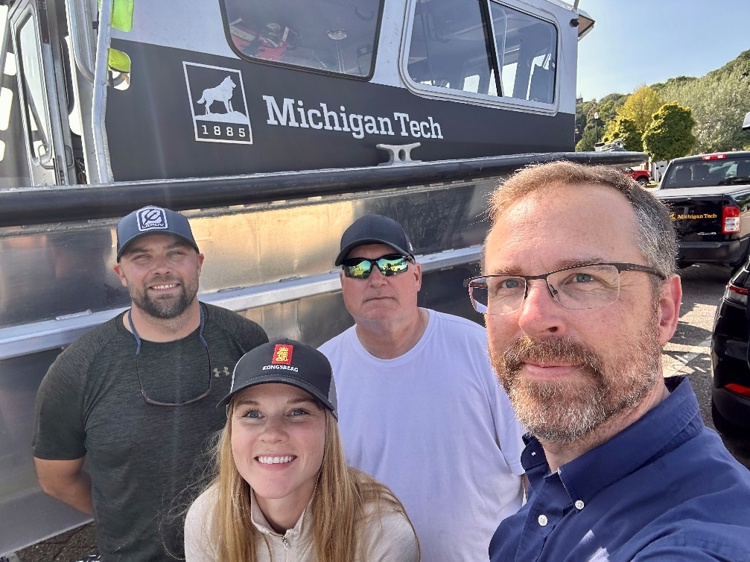
Historic infrastructure inspection on Lake Superior
Demonstrating the ability of advanced hydroacoustics to illuminate the world beneath the waves with a detailed, efficient, and comprehensive inspection of the historic Lower Harbor Ore Dock at Marquette on Lake Superior.
-
Text:Kongsberg Discovery
The iconic structure, a pivotal point for the transportation of iron ore from Michigan mines right across the Great Lakes region, dates back to the late 19th century. Our 21st century multibeam sonar and imaging technology showed just how well it had withstood the test of time, harsh weather, and a busy history of vessel operations.

Structural insights
Situated a stone’s throw from Marquette town center, the imposing concrete and steel structure is now a popular tourist attraction and local landmark. We gathered a group of leading organizations and companies to showcase how the latest hydroacoustics could deliver rapid, powerful, and high-resolution imaging of structural integrity. Qualities which are essential for reliable inspection and monitoring of key shore and ocean infrastructure.
Attendees at the day-long survey included U.S. Army Corps Detroit District, U.S. Border Patrol, Krech Ojard Engineering, Schnabel Engineering, Lundin Mining, Carmeuse Mining, AMI Engineers, and U.S. Geologic Survey.


RV Soliton, research vessel provided by Michigan Technological University’s Great Lakes Research Center (GLRC) as part of KD’s GLRC sponsorship in support of mapping and inspection in the Great Lakes, equipped with the M3 HF sonar head, USM compact pole mount, Seapath 130, and MRU. Vessel launch at the Marquette Lower Harbor.

From challenge to opportunity
Jessica Daignault, Professional Civil Engineer with Kongsberg Discovery comments:
"Long-term exposure to the forces of water and weather take their toll. Add in decades of large vessel operations and you have a recipe for undermining structural integrity. The iconic Lower Harbor Ore Dock retains its strength and beauty above the waterline, but we also wanted to make sure it was equally as robust below the water surface.
“It’s the kind of infrastructure inspection that can be challenging when using traditional methods, such as dive teams, but can be conducted efficiently and safely with modern hydroacoustic solutions. Our technology gave a powerful demonstration of that ability, revealing the dock as it’s never been seen before.”

Orthomosaic of above and below water ore dock infrastructure
Crystal clear
Kongsberg Discovery used two of its sonars, the M3 Sonar HF multibeam sonar and the 1171 Hi-Res Scanning singlebeam sonar, to scan the vertical wall structure. SoundTiles, an IQUA Robotics software, was used to process the multibeam data for rapid mosaicking. The high resolution 1171 single-beam sonar was then deployed to create a powerful real time visualization of the walls, diving into detail across the timber pole piles and concrete foundations for “incredible imaging”.
“The entire group of stakeholders we invited were able to enjoy a beautiful day on the water while learning about new technology,” notes Jessica. “The images were distortion free and of excellent resolution, giving a crystal-clear view of the structure and allowing everyone to appreciate the durable quality of this unique engineering project.
“This was a ‘fun’ assignment, but with a very serious message. In busy, operationally challenging environments conducting efficient, safe, and high-quality infrastructure inspection and monitoring is essential. Hydroacoustic technology truly opens the possibility to do just that, simplifying and fast-tracking the entire process, while providing outstanding results. The day at Marquette provided tangible proof of that fact. It was great to get eyes under the water and see the dock above and below the waterline.”
Situated a stone’s throw from Marquette town center, the imposing concrete and steel structure is now a popular tourist attraction and local landmark.